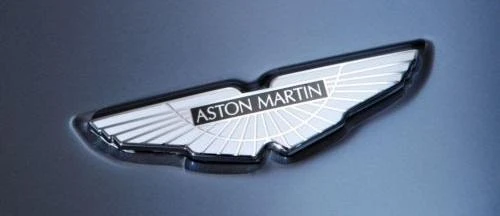In 1974, Aston Martin again declared bankruptcy and stopped production at the end of the year. American businessman Peter Spraque and his partners acquired Aston Martin. In 1976, Aston Martin launched the Lugonda four-door luxury model, which is a four-door version of the V8. The design of Lagonda was extremely bold in the aesthetics of the time, and the flat body with the angular design was very futuristic. The avant-garde shape, luxurious interior design and 5.3-liter V8 engine with a maximum power of 280 horsepower have attracted attention.



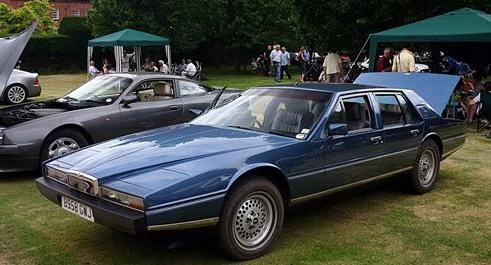
Lagonda was the first car in the history of Aston Martin with a trip-computer. Most of the equipment on the car had computer management, but the reliability of the trip-computer was not good. After the research of the engineer, the problem of poor reliability of the trip-computer was solved.

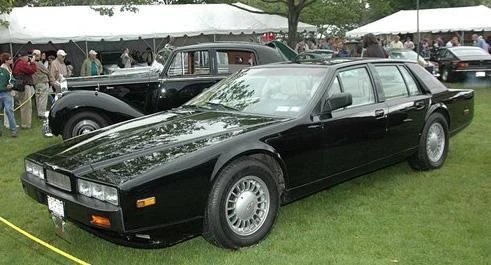

From 1980 to 1986, Aston Martin was changed hands several times and finally changed hands to Ford in 1987. In the same year, V8 Zagato Volante came to the market and participated in the performance of the 007 series film The Living Daylights. In October 1988, the Virage was launched at the London Motor Show in the UK. Virage was used to replace the Aston Martin V8 which has been around for 20 years.

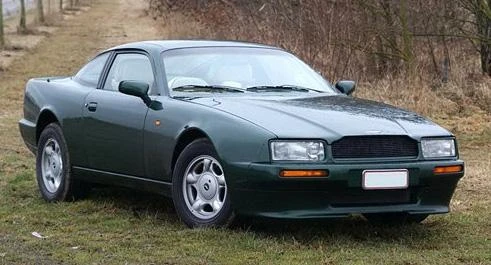
Virage’s shape draws on the design concept of the American muscle car. The design of the angular and the powerful lines make the car lack of elegance and add some domineering. Virage is built on the Laponda-based chassis. In order to control costs, many of Virage’s components come from other companies, such as headlights and taillights from Audi and Volkswagen. In fact, this is not a pure Aston Martin car. Although it came from Aston Martin and was built on the basis of Lagonda, this car does not inherit the elegance of Aston Martin.
At the 1993 Geneva Motor Show, Aston Martin announced a news that cheered the fans. As the DB series name disappeared for nearly 20 years, Aston Martin will once again launch the DB series. In 1994, DB7 was released. The prototype of the DB7 was born in 1992 and was unveiled at the Geneva Motor Show in March 1993. DB7, internal code NPX, its car platform is actually improved by Jaguar XJS. In addition, the design of the DB7 was inspired by the Jaguar F type. And later, redesigned by designer Ian Callum to give the car the character of Aston Martin.




The DB7 convertible models and Coupe models were officially released in 1996. At that time, the car was powered by a 6-cylinder in-line supercharged engine with a maximum power of 350 hp and a peak torque of 489 N·m. Aston Martin also offers a special option kit for this car. In 1999, the more powerful DB7 V12 was unveiled at the Geneva Motor Show. It was powered by a 6.0-liter engine with a maximum power of 426 hp and a peak torque of 540 N·m. The V12 with a six-speed manual transmission can reach 299km/h.



Vanquish
At the 2001 Geneva Motor Show, Aston Martin launched Vanquish, which was commissioned from June 2001 to September 2004. In July 2007, a new version of Vanquish S was officially launched and began mass production. After that, DBS became the successor to Vanquish.




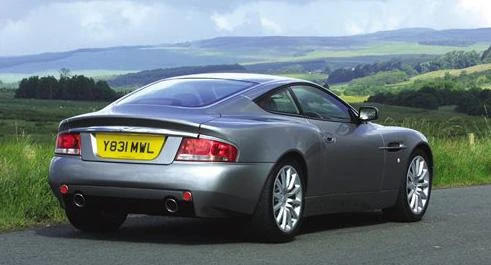

Vanquish has adopted a new design concept, and the streamlined body design guarantees the effect of aerodynamics, which gives the car a very dynamic look. The beautiful lines of the body make Vanquish add more elegance. In terms of power, Aston Martin Vanquishi was powered by a 6.0L engine with a maximum power of 456 horsepower.



At the 2004 Paris Motor Show, Aston Martin Vanquish S was officially unveiled as a high-performance model. The appearance is also slightly different from the regular version, with a new front face shape and a S logo to highlight the high-performance identity. The car also offers a sports kit, including a more sporty chassis, steering and brake adjustments. In terms of power, the maximum power has increased to 514 horsepower.


To commemorate the birth of Vanquish’s flagship model, Aston Martin also launched the Vanquish S special edition. The car is limited to 40 units, and the interior is black. In addition, the car also used a manual transmission for the first time.


DB9
When people were looking forward to the V8 Vantage, DB9 was first introduced in 2004. The body of the DB9 is made of aerospace-specific aluminum. And its unique VH (vertical/horizontal) construction gives DB9 the lightest and most robust body structure in the automotive industry.

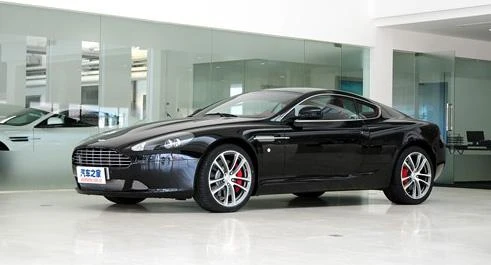
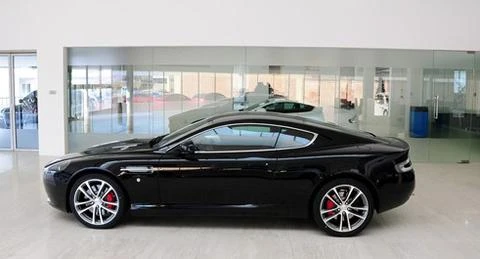
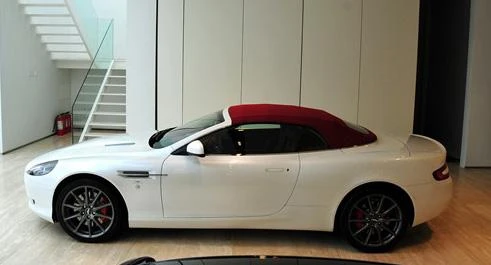
Vantage
In 2005, fans finally waited for the V8 Vantage mass production car model. The car features a high-strength aluminum frame on the DB9. The 4.3L V8 engine comes from Jaguar, but after Aston Martin’s improvement, the engine has a maximum power of 380 horsepower.

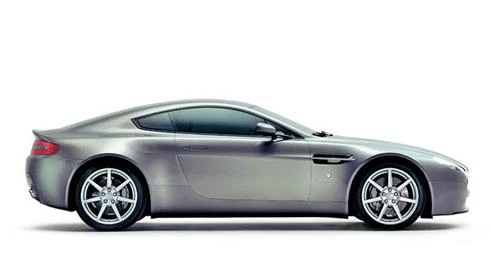

The perfect body design of the V8 Vantage is amazing, and the V8 Vantage size is slightly smaller than the previous models. But this does not affect the designer to give it a near-perfect body design that combines elegance and dynamics. In 2009, Aston Martin launched the more powerful V12 Vantage. The V12 Vantage is powered by a 6.0L V12 engine with a maximum power of 510 hp and a torque of 570 N·m.

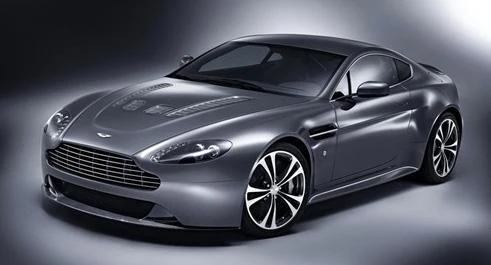

Aston Martin was separated from Ford in 2007 and was acquired by a car investment alliance of two Large international investment companies. The two investment companies are Investment Dar and Adeem Investment, led by David Richards.




DBS
Aston Martin officially released Vanquish’s successor, the new DBS, in 2006. The partial surround of front face two side, side surround, rear tail, spoiler and door of the Aston Martin DBS were made of carbon fiber, which reduced the weight of the vehicle. The Brembo carbon-ceramic composite brake system was first used on the ordinary road version of the Aston Martin and the new adaptive shock absorber from Bilstein.



The Aston Martin DBS was equipped with a 6.0L V12 engine. This car also be seen on the DB9, but after a re-adjustment, the air intake of the cylinder was increased and the compression ratio was increased to 10.9:1. This maximizes the power from 450 hp to 510 hp, while the maximum torque remains at 570 N·m. In addition, the Graziano six-speed manual transmission used by DBS shifts more smoothly and quickly.
Rapide
As many super sports car manufacturers join the four-door luxury coupe market, Aston Martin was not to be outdone, using their strong advantage in sports cars, based on the VH platform developed the second four-door coupe Rapide. Rapide was officially launched at the 2009 Frankfurt Motor Show. This four-door sports car with a V12 engine features a Coupe look. Although this was special in the Aston Martin car, the elegant design and the hand-crafted texture have a very good heritage.



The distinctive features of the Aston Martin design style are a good illustration of the four-door style, with the main features such as the “Swan Wing” door. The rear end of the car features LED taillights, dual exhaust pipes and a stern-type rear trunk lid spoiler.
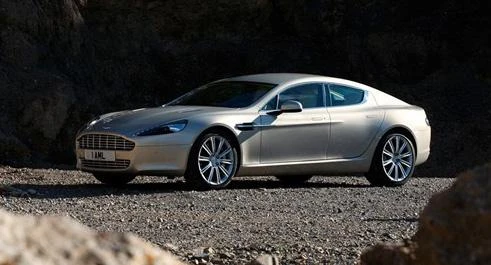
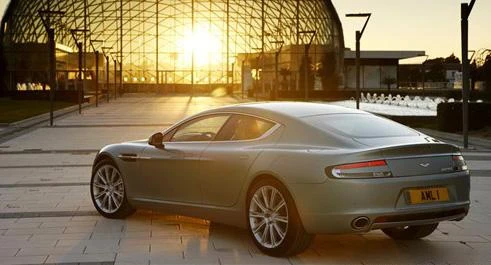
Rapide’s body size was 197.6*84.3*53.5in. The body was made of aluminum synthetic fiber material, which greatly reduced the weight of the body and also improved the performance of the car. Because of the use of such lightweight body materials, the car’s overall weight was only 1950kg. In the suspension part, Rapide used the physical structure of the front and rear double forked arms, and both were equipped with a lateral stabilizer bar. The shock absorption part adopted an adaptive system to adjust the damping according to the road surface condition.




In terms of power, Rapide was equipped with the same 6.0L V12 engine as the DB9. And used a layout of front-engine and gearbox-rear. The engine has a maximum output of 470 hp and a peak torque of 600 N·m. The transmission uses a 6-speed automatic transmission. The 0-100 km/h acceleration time is 5.3 seconds and the top speed exceeds 303 km/h.
One-77
In 2009, a new car appeared in front of people. The low body, the aerodynamic parts around the body and the long hood exposed the car’s extraordinary which is the Aston Martin One-77. The Aston Martin One-77 is powered by a 7.3L V12 engine with an output of 750 hp and 750 N·m. With a power of more than 100 horsepower, the speed of the vehicle has already exceeded 350km/h, and the acceleration from 0-100km/h takes only 3.5 seconds.

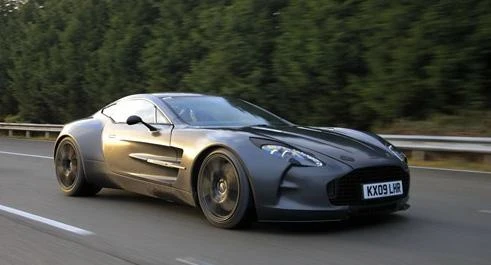





The One-77 was limited to 77 units. The body cover components of the new car consists of hand-processed aluminum panels, and its integrated body structure was made of carbon fiber. The new car is also equipped with an expandable rear wing, adaptive suspension, ceramic carbon fiber brake and stability/traction control system.


Although Lionel Martin did not continue to run Aston Martin, his motto for Aston Martin has been retained: Only produce high-quality cars with high performance and perfect shape was inherited. After countless setbacks, only this initial purpose has been retained. This sentence has become the most proud and valuable asset of Aston Martin. Nearly a hundred years of history, there are glory, decline, prosperity, and wasted years, but in the end Aston Martin survived and became a world-renowned car manufacturer.

